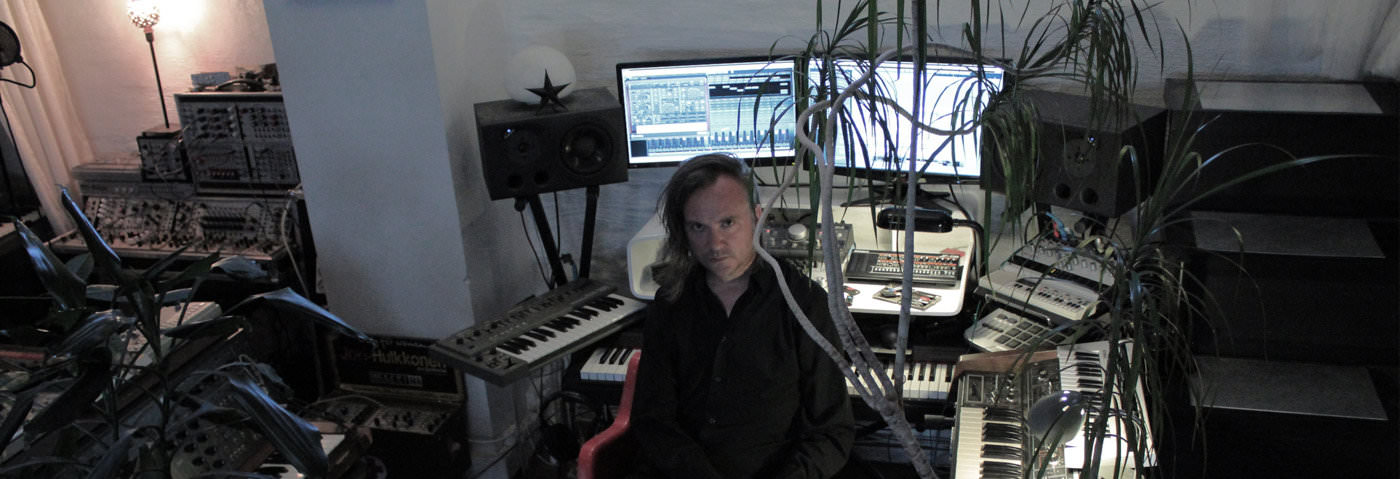“To be able to stick with the same software is a key factor for being prolific. You don’t end up wasting time.” Finnish house stalwart Jori Hulkkonen shows us around his studio, sharing a few key production tips along the way.
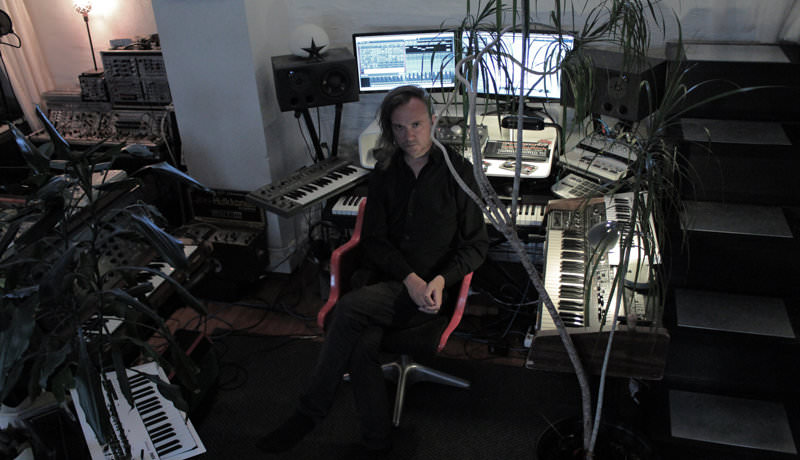
Jori Hulkkonen – My Studio
Back in the early 90s when I was living up in Oulu in the north of Finland, the specific region of the city was called Alppila; hence the name of my studio, AlppiHouz.
I kept the name with slight alterations while it moved with me: first to Helsinki, and eventually to Turku. I’ve had the latest iteration close to a year now, and my new album was all recorded and mixed in here.
In the 90s it was quite analogue, then late 90s/early 2000s I was more into sampling and digital synths, and then went back to more analogue approach. A few years ago all the synth collecting got almost a bit out of hand – it’s always a delicate balance where ideally you want to keep creating music as the number one spot on your list of priorities, and gear collecting and general synth nerding at the back. The current setup is slightly scaled down from the hardcore collector days, but it’s still very versatile. I’d like to think the current incarnation, AlppiHouz PT (that’s for “post truth”) is the most elegant and dare I say efficient one yet.
Everything is built around Cubase – as it has been since the late 80s – and while I nowadays mix “within the box”, pretty much all the sounds come from hardware, both vintage and new, and I often run stuff through very complex and specific analogue signal paths to add some personality to the sound.
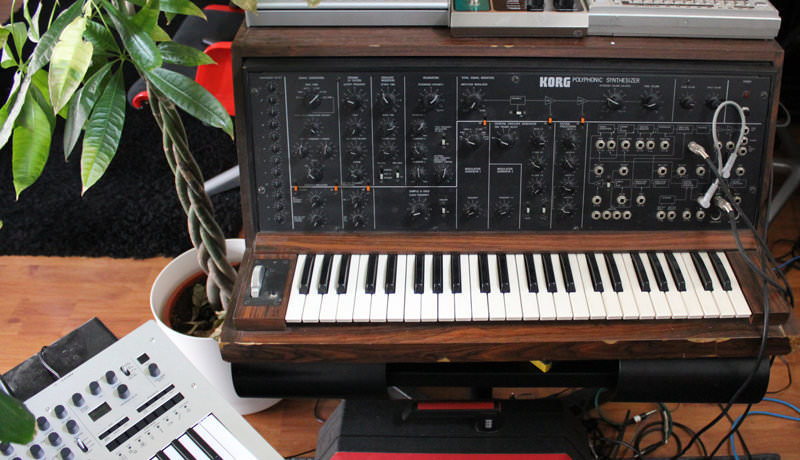


KORG PS3100
Sometimes I feel I’ve overused this synth in the past 15 years I’ve had it, but nothing really quite matches this, except naturally the even more powerful PS3200 and the PS3300, which I’d love to get my hands on some day.
It’s great mostly for spacey pads and atmospheric keys, rather than leads or bass. It comes with an amazing 48-voice polyphony and with its semi-modular structure it’s a fun machine to run with the 808 or an analogue step sequencer for example.
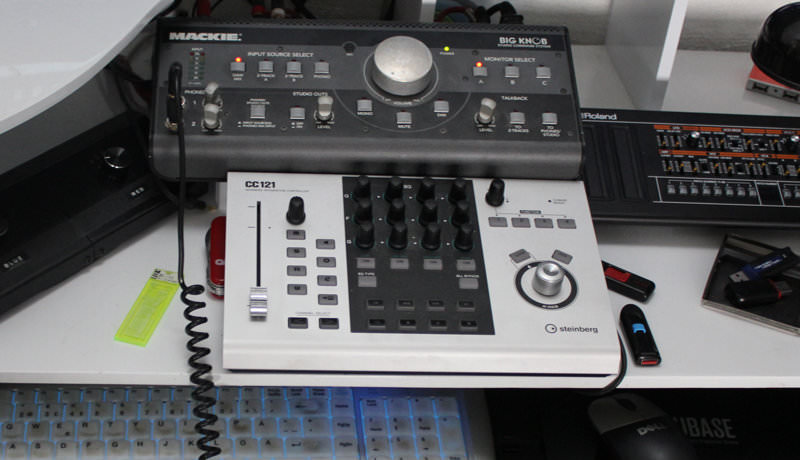


Steinberg CC121
This specifically designed compact controller for Cubase features a channel strip with a motorised fader and some basic functions – some of which you can customise – that just streamlines production work.
I’ve used Cubase as my main sequencer/DAW from the late 80s onwards, and that’s pretty rare in any line of work: almost 30 years the same computer software. Naturally their software has evolved with technology, but the logic and the user interface have remained quite similar.
For me it all comes down to how quickly I can get the idea from my head to stream out of the speakers. And to be able to stick with the same software is a key factor for being prolific. You don’t end up wasting time and creative juice for figuring mundane technical things out. It’s all about the ideas and the execution. And if a good controller can cut off a few extra mouse clicks or keyboard taps, it’s totally worth it.
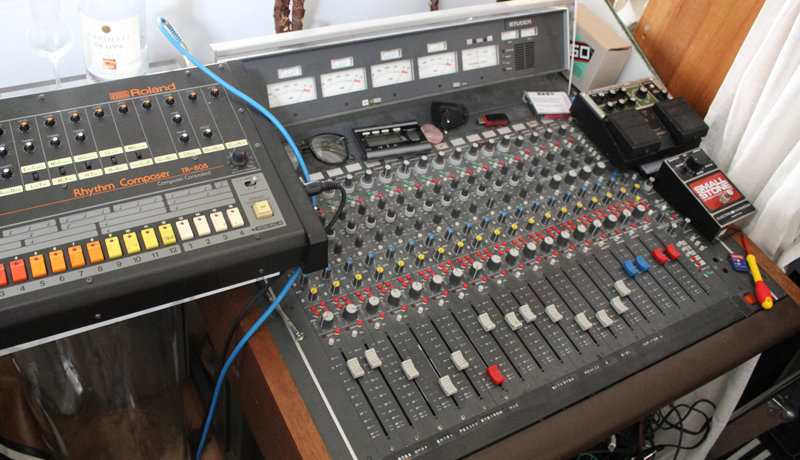


STUDER desk
Although I mix everything inside the Cubase DAW these days, I do run pretty much everything through this mixer while recording. If I use a soft synth plugin, I usually run it through an analogue signal path just for the sake of it. It adds a certain character to the sound that I really love: the EQs and compressors sound extremely warm.
I’ve had this close to ten years now, and as opposed to the quite capable but slightly clean Mackie 24-8 I used to have, I think I can really hear a difference in the productions since changing to this.
Also, when you record stuff as audio, it kinda locks those ideas in place. If you keep things MIDI it’s easy to keep fiddling with it endlessly. I’ve developed my working methods to a fashion that forces me to make decisions and finish stuff. That’s the key to being productive.
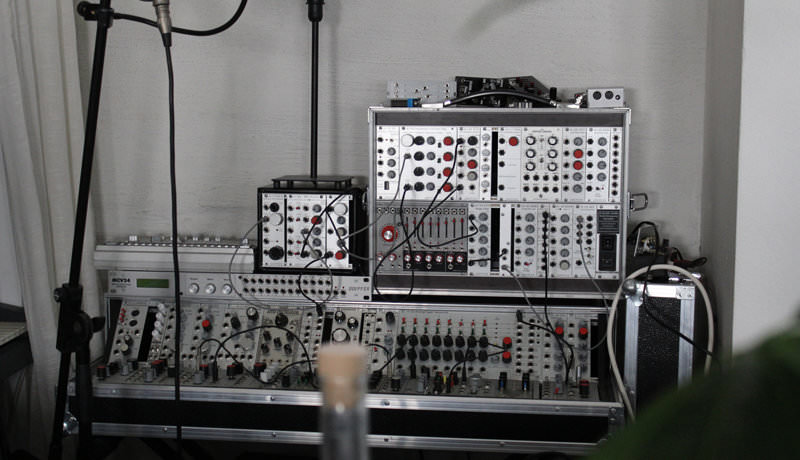


Eurorack
I got first introduced to modular synths in the 90s through Clavia’s NordModular virtual analogue system, which I think was totally ahead of its time, and a fantastic synth. It didn’t take me long to realise I wanna go the hardware route on them, though.
I’ve been working with these modules now for some 15 years, and more than using it as a synth, it’s more of a signal processor. In addition to running stuff through the Studer desk, I often use the modular to add something extra. I use it to process everything from vocals to drums to synths. The key is to experiment and find unique ways to do things that stand out. There’s just so many modules out there these days it’s a bit overwhelming and quite distracting to be honest, if you’re trying to just make some music.
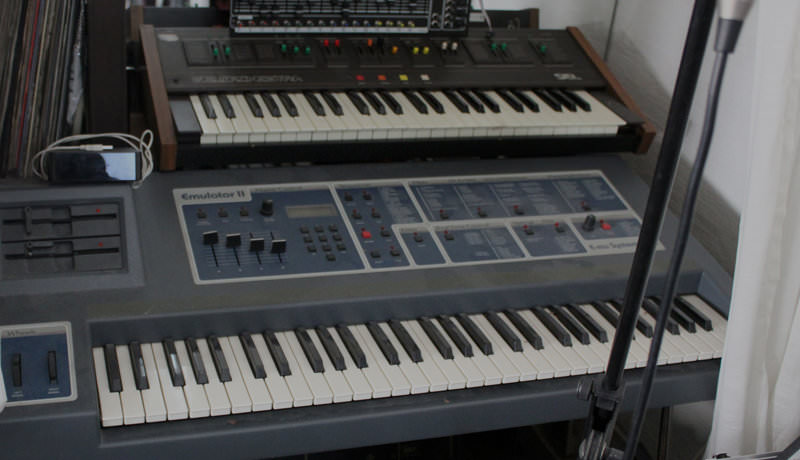


E-mu Emulator II
I don’t use this as much as I should, but when I do, it’s magic. It has been used on so many of my favourite productions in the 80s from Pet Shop Boys, Depeche Mode and New Order to obscure italo records. I became obsessed with having one and mastering it.
It’s a fantastic sounding machine, a bit complicated to use but easily one of the most aesthetically pleasing musical instruments ever made. I use a lot of the factory sounds – I’ve got loads of old floppy disks, but I also sample with it, and sometimes even use the sequencer.
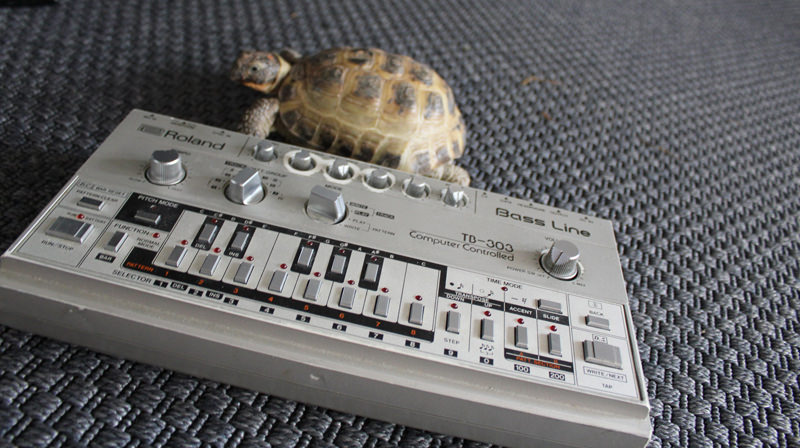


Pesto
Pesto the tortoise runs the studio and is my ghost producer. Even though he’s 5000 years old, he loves acid.
Jori Hulkkonen’s ‘I Am The Night’/’Tintan Turdel’ is out now on My Favorite Robot Records. Find him on Facebook and SoundCloud.
